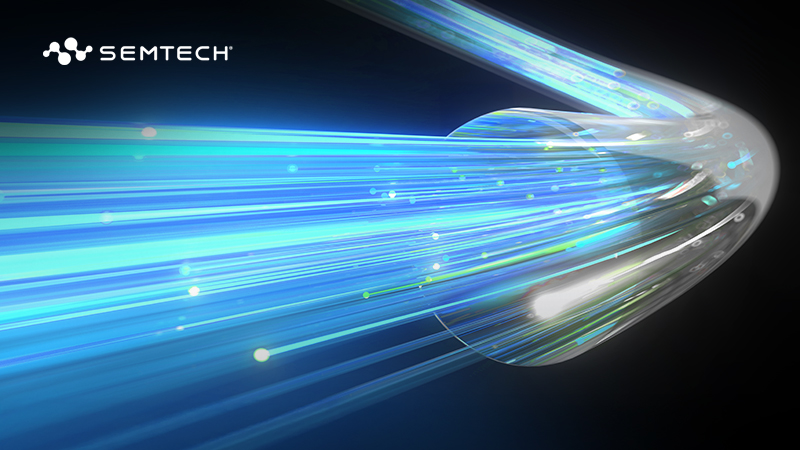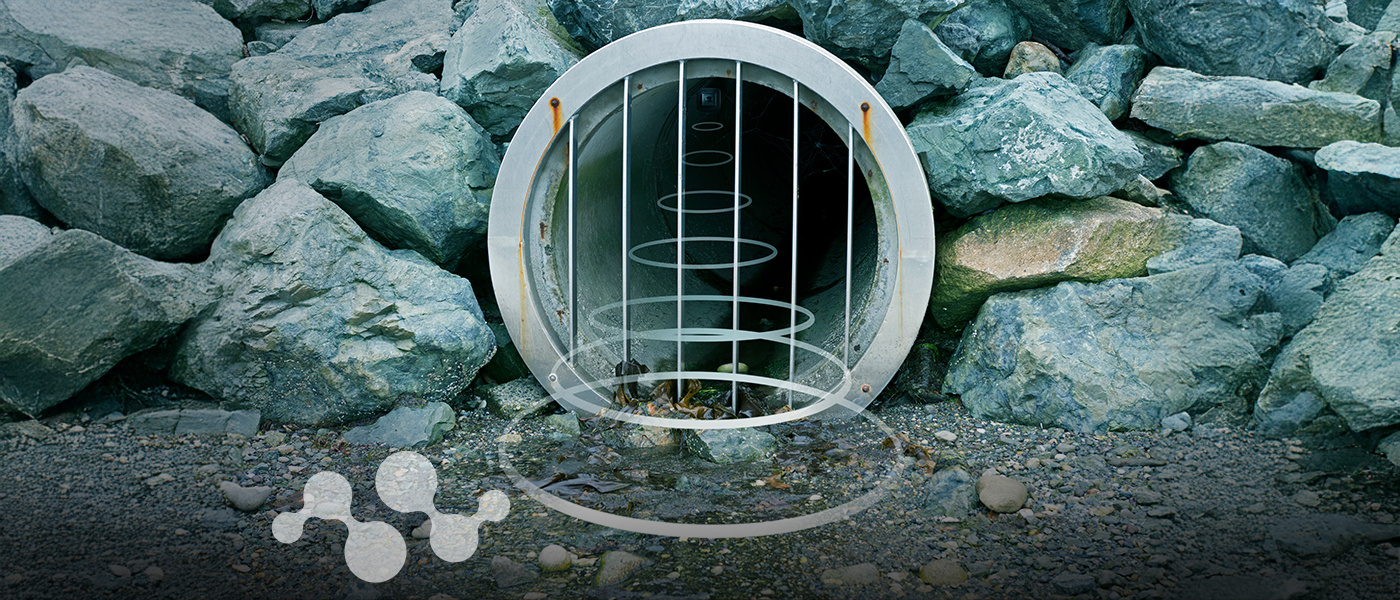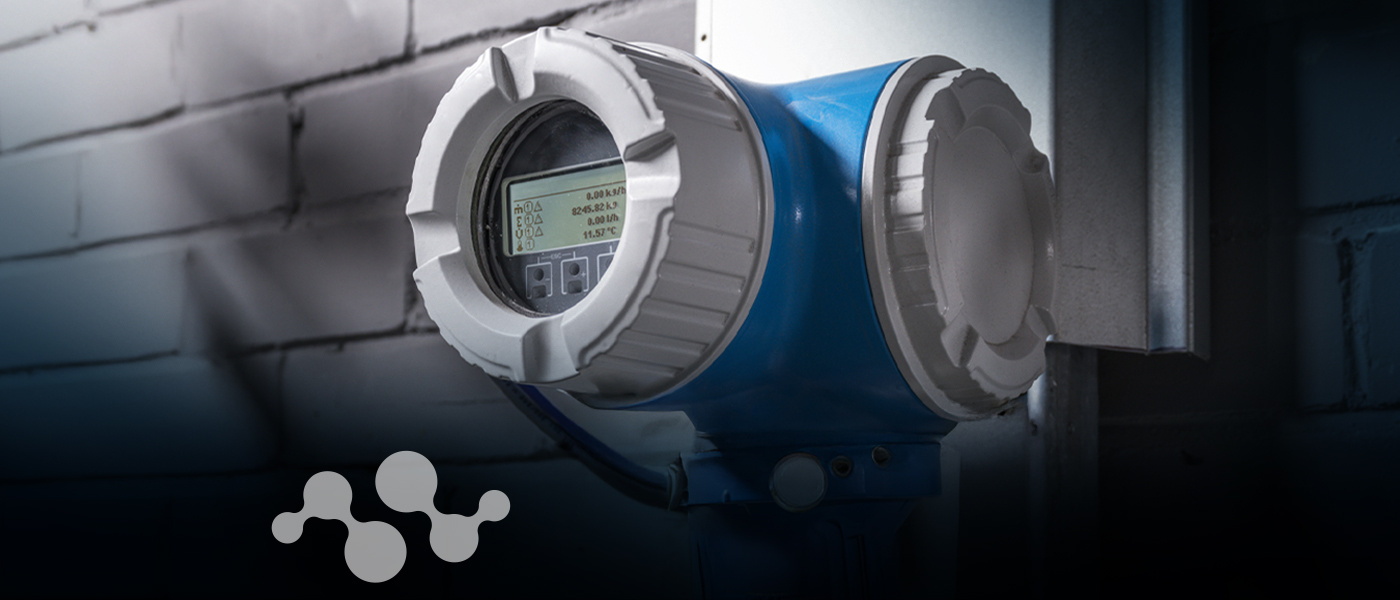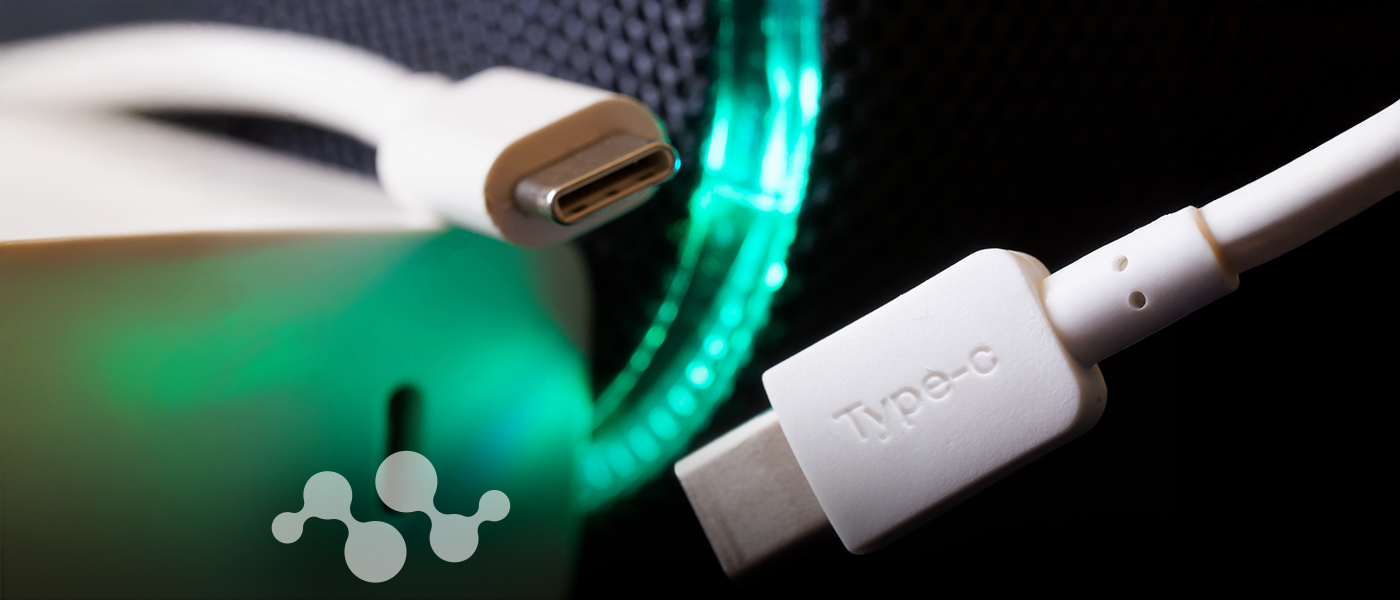Overview
This part has reached End Of Life. Datasheet is for information purposes only.
Order Codes
- GS1574ACTE3: Lead-Free, RoHS Compliant, Tape and Reel-250 Pieces
- GS1574ACNE3TH: Lead-Free, RoHS Compliant, Tape and Reel-250 Pieces
- GS1574ACNE3: Lead-Free, RoHS Compliant, Tray-490 Pieces
PB Free/ROHS
Learn More →Features
- SMPTE 292M and SMPTE 259M compliant
- Automatic cable equalization
- Multi-standard operation from 143Mb/s to 1.485Gb/s
- Supports DVB-ASI at 270Mb/s
- Small footprint (4mm x 4mm)
- Pb-free and RoHS compliant
- Manual bypass (useful for low data rates with slow rise/fall times)
- Performance optimized for 270Mb/s and 1.485Gb/s
- Typical equalized length of Belden 1694A cable: 200m at 1.485Gb/s, 350m at 270Mb/s
- 50 Ohm differential output (with internal 50 Ohm pull-ups)
- Manual output mute or programmable mute based on max cable length adjust
- Single 3.3V power supply operation
- Operating temperature range: 0°C to +70°C
Applications
- SMPTE 292M and SMPTE 259M Coaxial Cable Serial Digital Interfaces.
Inventory
| Product | Country | Distributor | Qty | Buy |
|---|
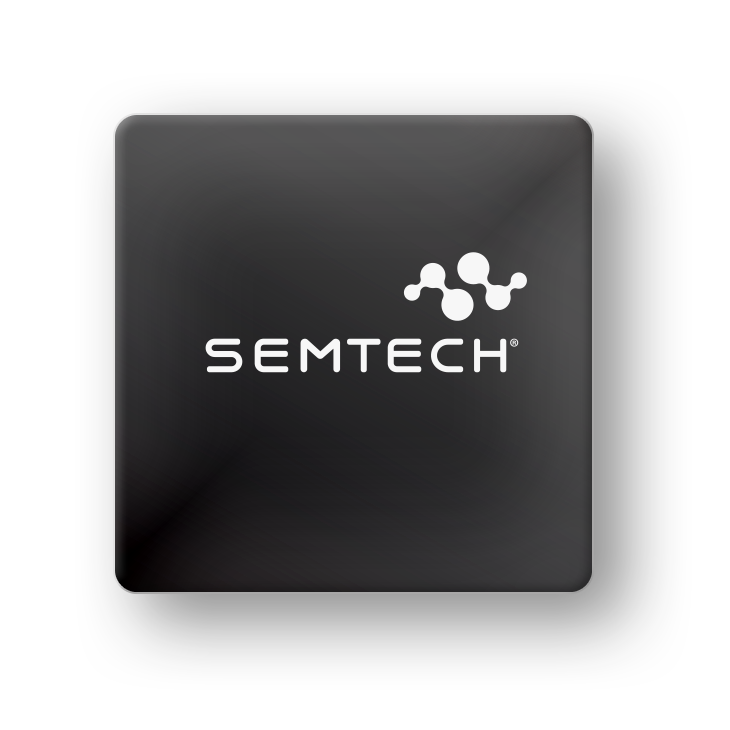

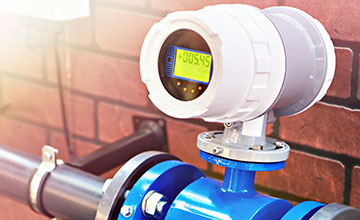

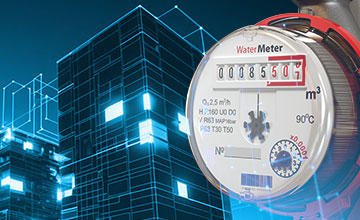







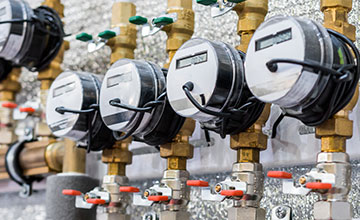


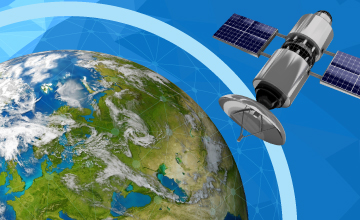

.png)









